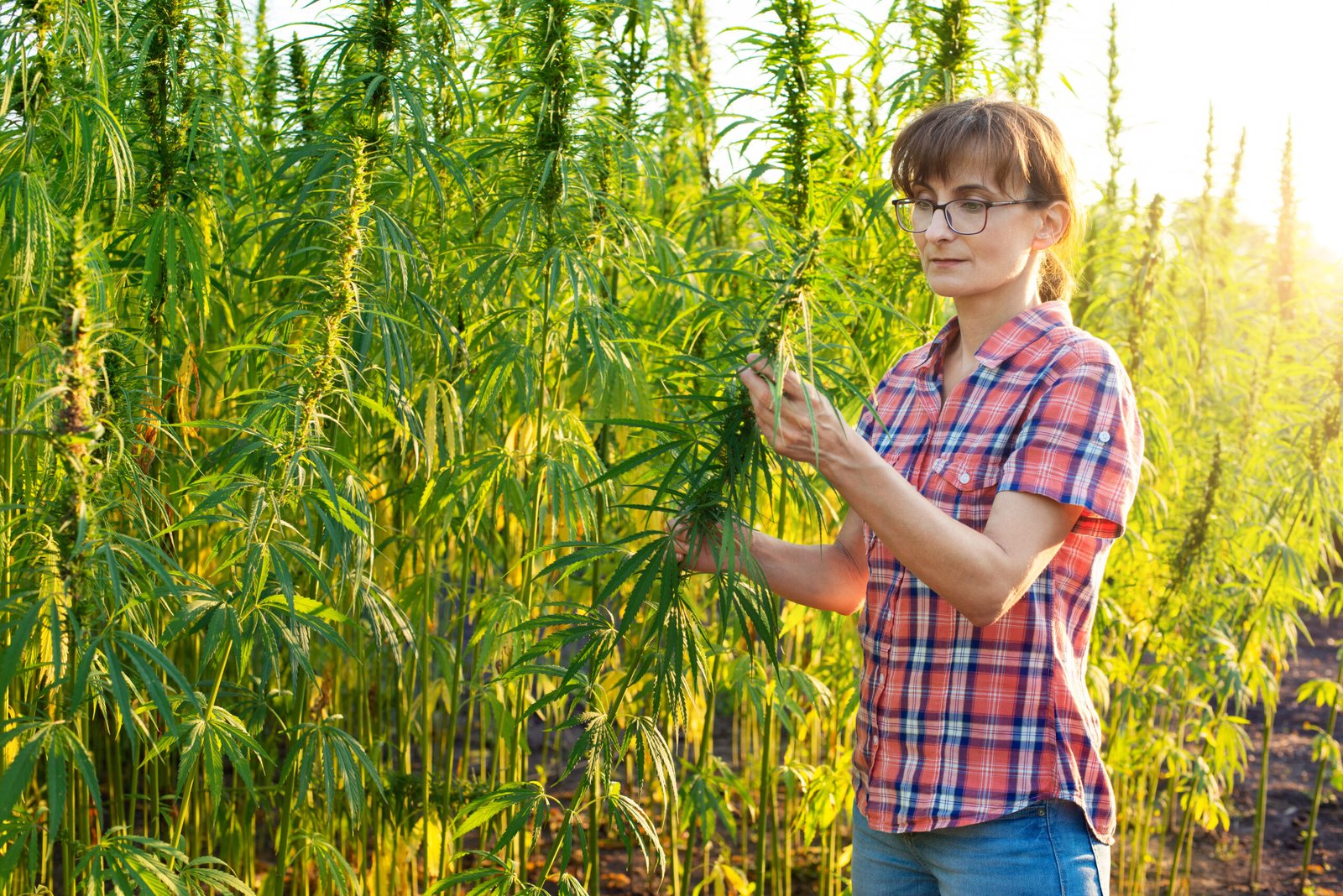The Slow Fashion Movement in Australia
In recent years, the fashion industry has been undergoing a significant transformation, driven by growing awareness of the environmental and social impacts of fast fashion. One of the most notable trends within this paradigm shift is the slow fashion movement in australia, which emphasises sustainability, ethical production, and mindful consumption. Australia, known for its diverse and vibrant fashion scene, has been at the forefront of this movement, championing a more sustainable approach to style that is gaining momentum among consumers and designers alike.

Understanding the Slow Fashion Movement
The slow fashion movement advocates for a fundamental change in how clothes are produced, bought, and worn. Unlike fast fashion, which prioritises speed and cost-efficiency often at the expense of quality and ethical standards, slow fashion focuses on creating clothing with greater care, using eco-friendly materials, and ensuring fair labour practices. The principles of slow fashion include durability, timeless design, and reduced waste, encouraging consumers to invest in high-quality pieces that last longer and transcend seasonal trends.
The Environmental and Ethical Imperatives
The environmental footprint of the fashion industry is substantial, with significant contributions to pollution, waste, and resource depletion. Fast fashion’s rapid production cycles lead to excessive water usage, chemical pollution, and an enormous volume of textile waste, much of which ends up in landfill. The slow fashion movement in Australia seeks to address these issues by promoting sustainable practices such as the use of organic and recycled materials, environmentally friendly dyes, and low-impact manufacturing processes. Additionally, the movement emphasises ethical labour practices, advocating for fair wages and safe working conditions for garment workers.
Australia’s Role in the Slow Fashion Movement
Australia has emerged as a key player in the slow fashion movement, with a growing number of designers, brands, and consumers embracing sustainable fashion practices. Several Australian brands have gained international recognition for their commitment to sustainability and ethical production. Labels such as Elk, Outland Denim, and KitX are leading examples of how the industry can evolve to prioritise environmental and social responsibility without compromising on style and quality.
Australian consumers are also becoming more conscious of the impact of their fashion choices. There is a rising demand for transparency from brands regarding their supply chains and production methods. This shift in consumer behaviour is driven by a combination of factors, including increased awareness of climate change, the influence of social media, and the desire for more meaningful and lasting purchases.
Challenges and Opportunities
Despite the positive momentum, the slow fashion movement in Australia faces several challenges. One of the primary obstacles is the higher cost associated with sustainable and ethical fashion. Producing high-quality, eco-friendly garments often requires more time and resources, leading to higher prices that can be a barrier for some consumers. However, many advocates argue that the long-term benefits, such as durability and reduced environmental impact, justify the initial investment.
Another challenge is the need for broader industry collaboration and systemic change. While individual brands can make significant strides, achieving widespread sustainability in fashion requires concerted efforts across the entire supply chain, from raw material sourcing to end-of-life disposal. This includes fostering innovation in sustainable textiles, improving recycling technologies, and implementing regulations that encourage ethical practices.
The Future of Slow Fashion in Australia
The future of the slow fashion movement in Australia looks promising as awareness continues to grow and more stakeholders join the cause. Education and advocacy play crucial roles in this ongoing evolution. Initiatives such as Fashion Revolution Australia, which promotes transparency and ethical practices in the fashion industry, are instrumental in driving change. Additionally, collaborations between designers, consumers, and policymakers can create a more sustainable and equitable fashion ecosystem.
As the slow fashion movement gains traction, it is likely to influence broader cultural attitudes towards consumption and sustainability. By prioritising quality over quantity, valuing the craftsmanship behind each garment, and considering the environmental and social impacts of their choices, Australian consumers can contribute to a more sustainable future for the fashion industry.
The slow fashion movement in Australia represents a significant shift towards a more sustainable and ethical approach to fashion. Through the efforts of forward-thinking designers, conscious consumers, and supportive organisations, Australia is helping to lead the global push for a fashion industry that values the planet and people over profit. The continued growth and success of this movement will depend on ongoing education, innovation, and collaboration across all sectors of the industry.










Recent comments
-

Numbers Beshears
I'm interested in starting a blog, and am…
Add a comment...